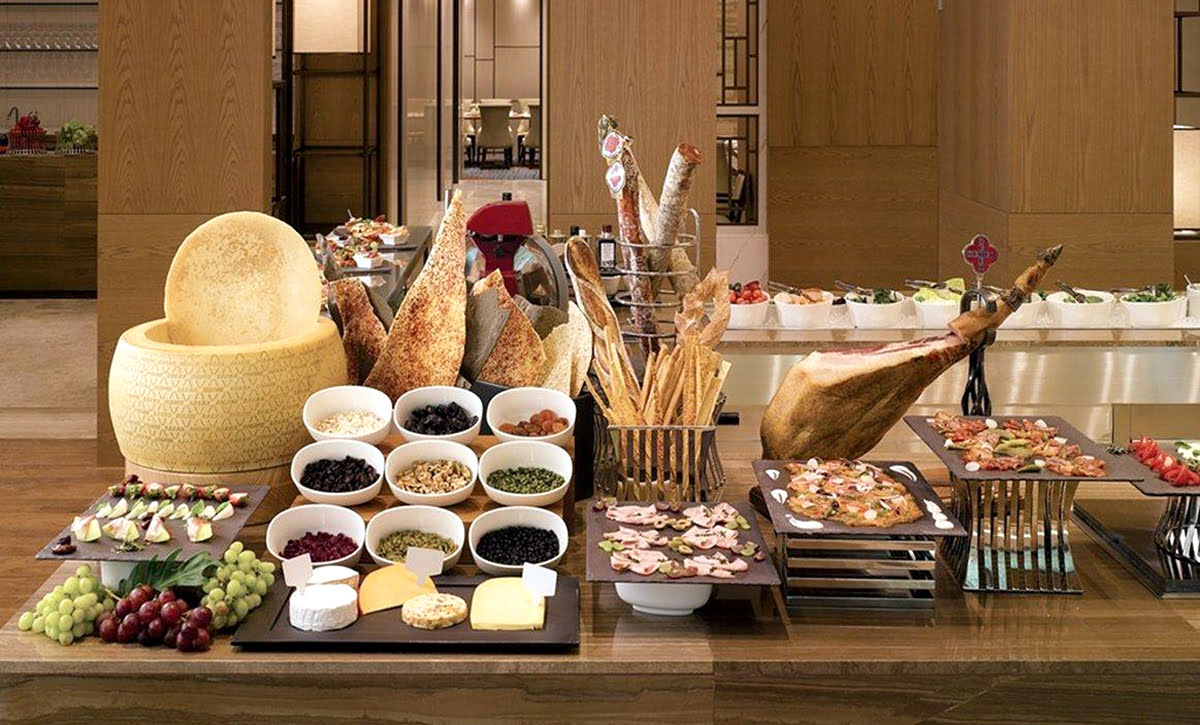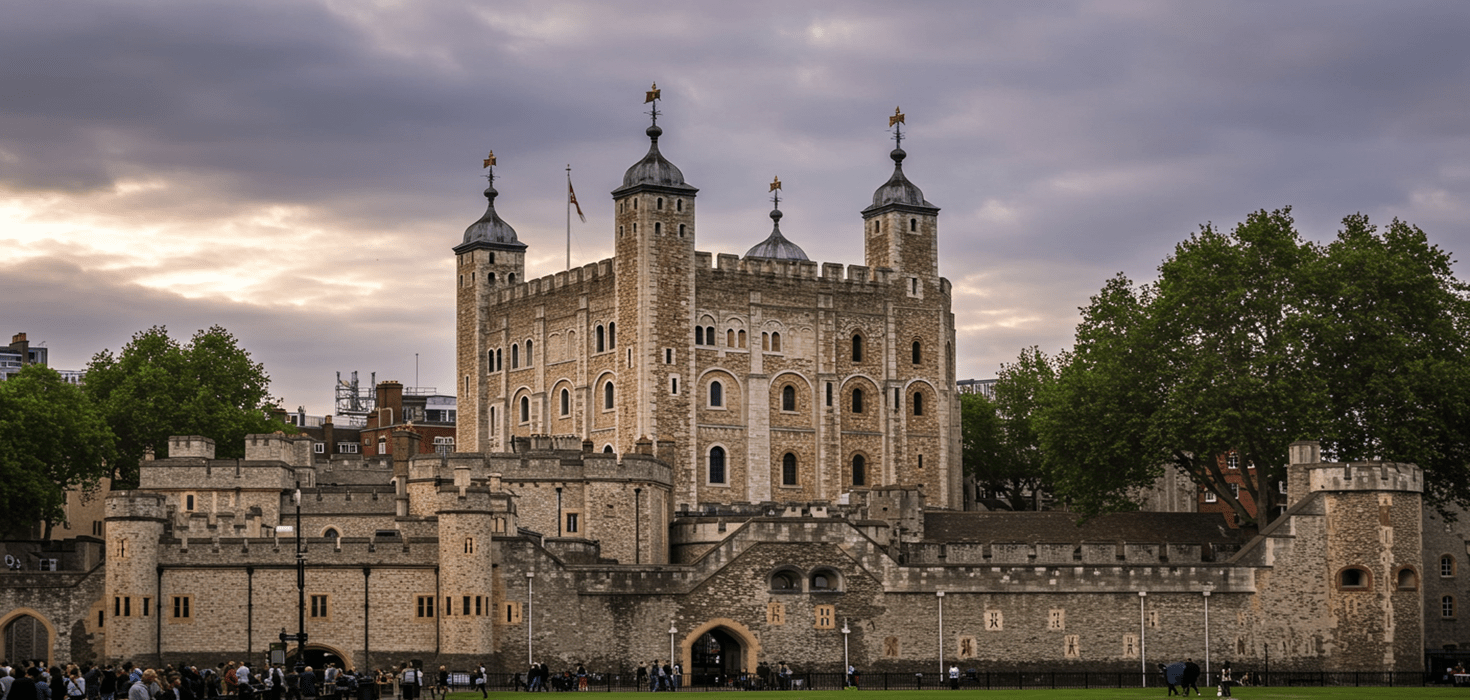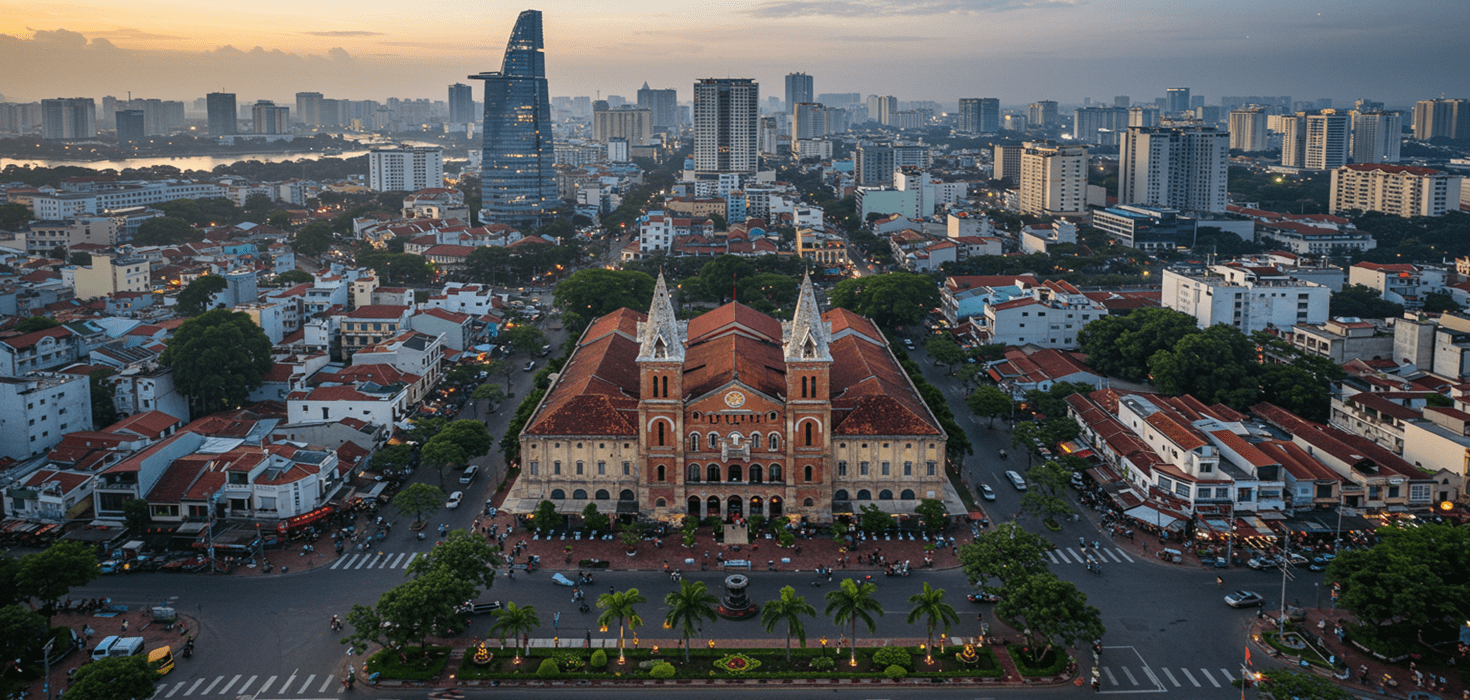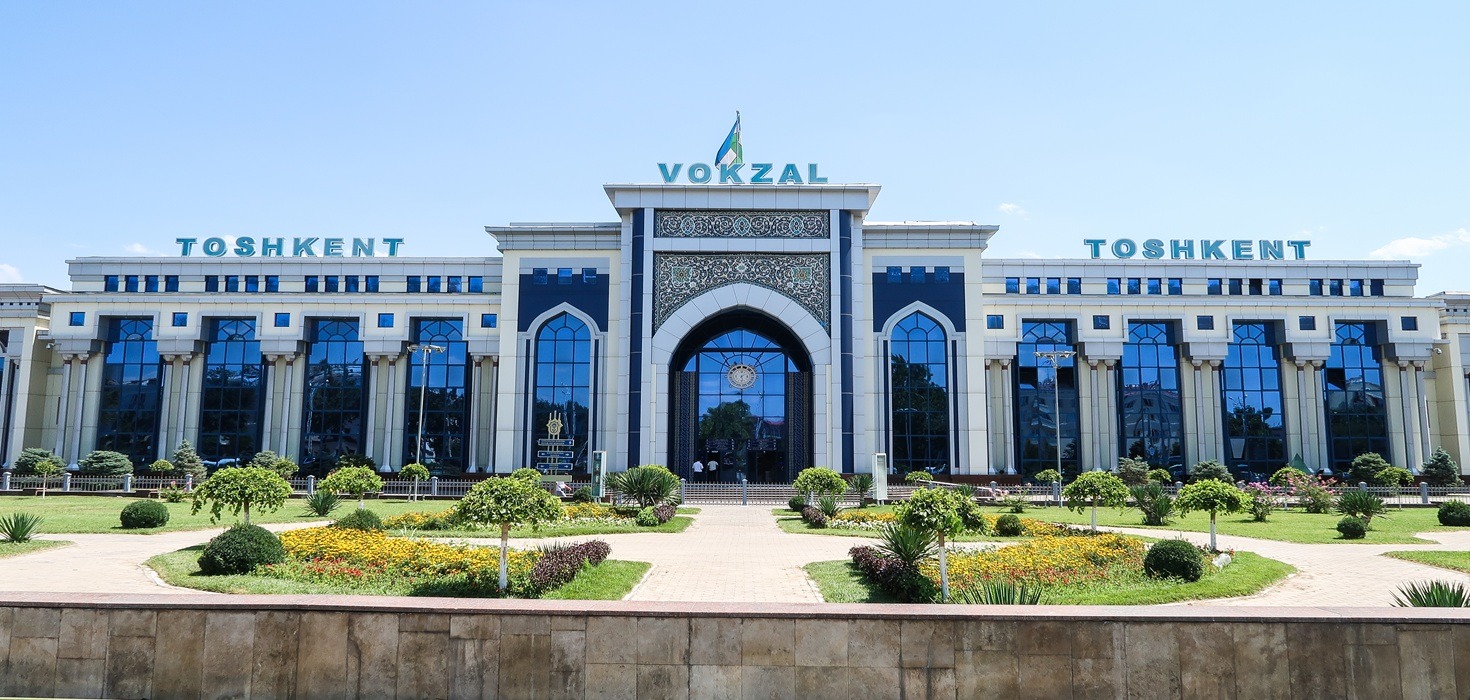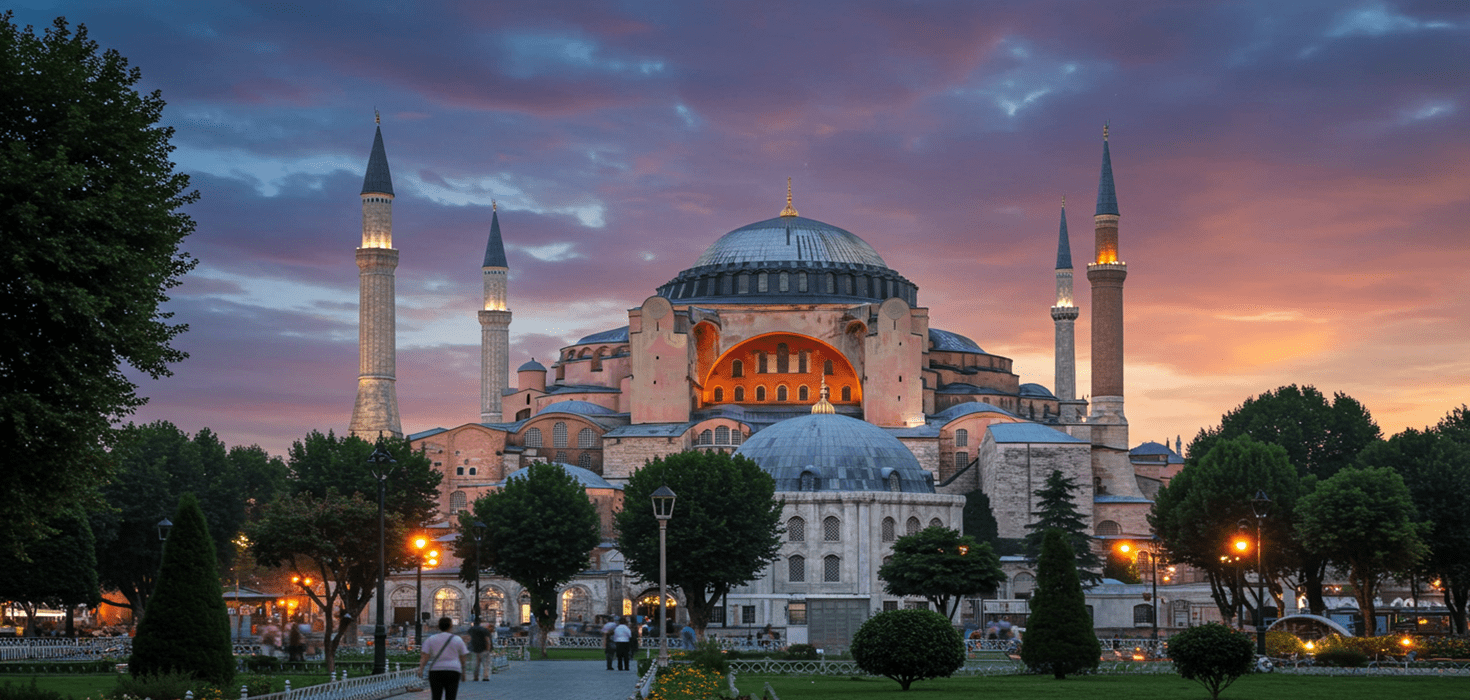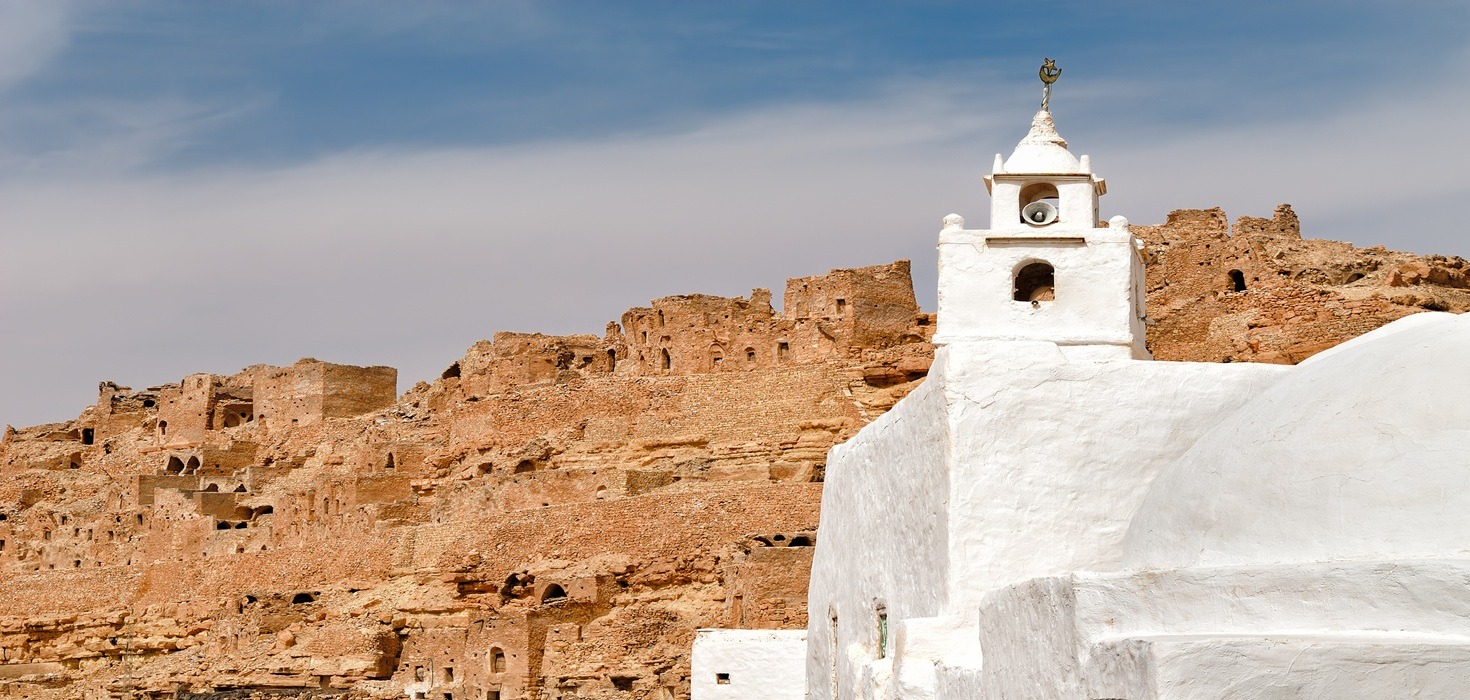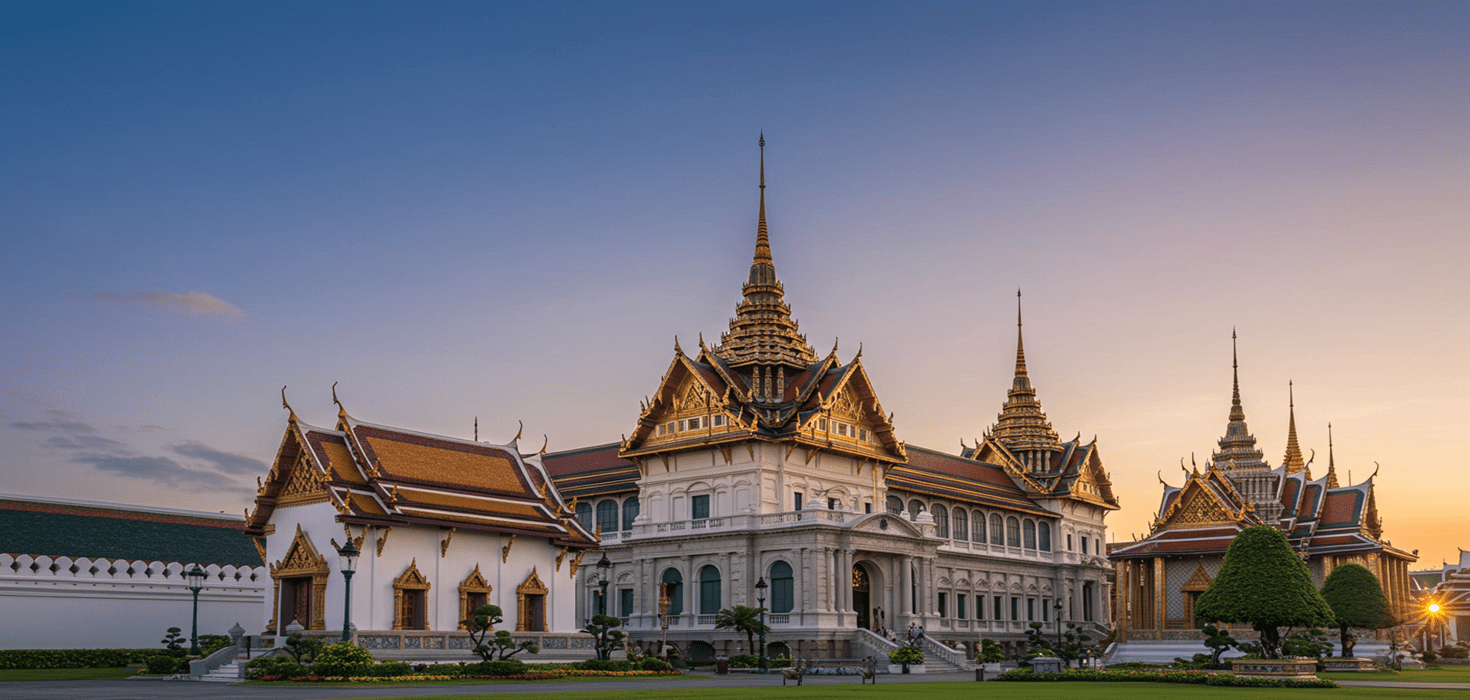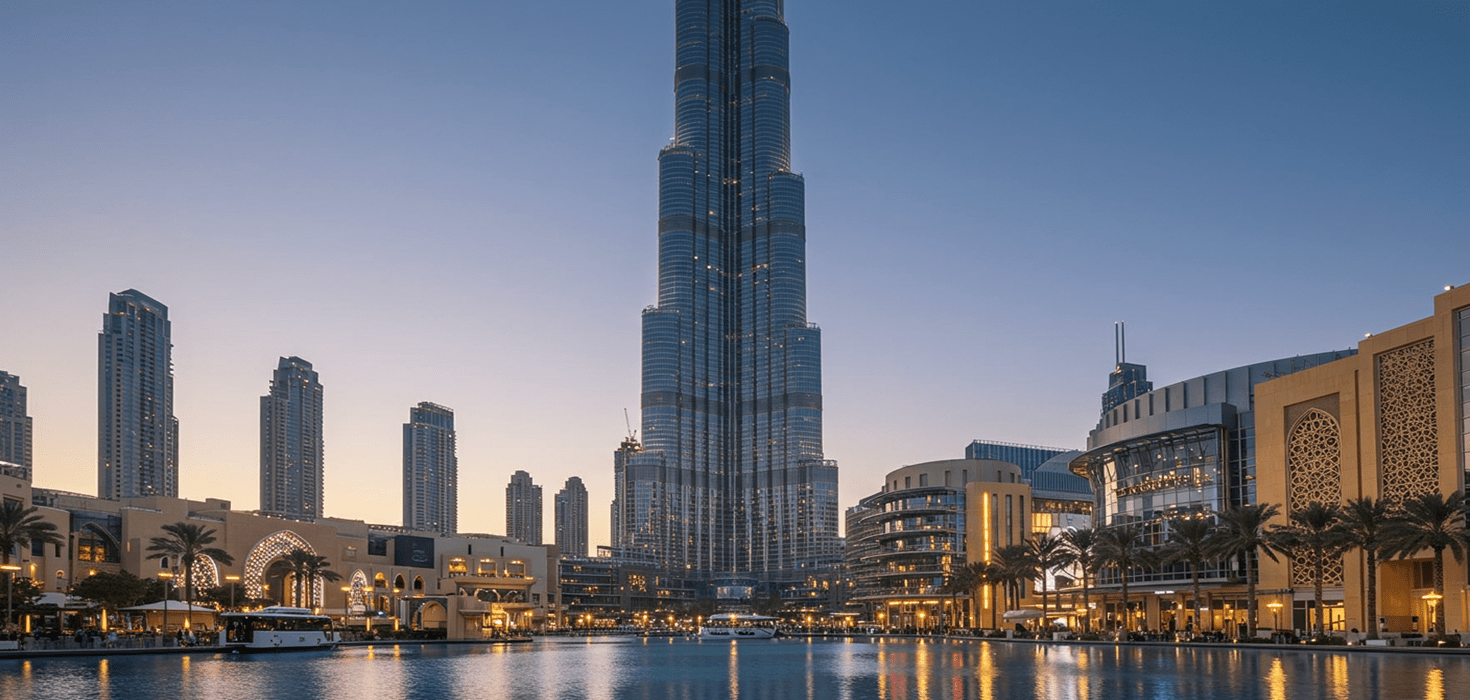Gwangjang Market: A Culinary Treasure Trove in Seoul
Welcome to Gwangjang Market, one of Seoul’s oldest traditional markets, where history and flavor collide in a delightful feast for the senses! Established in 1905, this market is not just a shopping destination; it’s a vibrant hub where the aroma of sizzling street food wafts through the air, beckoning food lovers from all corners of the globe. As you wander through its bustling aisles, you’ll find a rich tapestry of culinary delights that reflect the heart and soul of Korean culture.
Gwangjang Market is renowned for its authentic Seoul food market experience, offering everything from handmade noodles to savory pancakes. The atmosphere is electric, filled with the sounds of vendors calling out to customers, sizzling pans, and the chatter of locals enjoying their meals. This is a place where you can truly immerse yourself in the community spirit, making it a must-visit for anyone keen on exploring the culinary landscape of South Korea. You can read more about the market’s history and its significance in our article on Unveiling the Culinary and Cultural Wonders of Gwangjang Market.
Autumn Festival in Seoul: A Celebration of Flavors and Culture
As the leaves turn golden and the air becomes crisp, Seoul transforms into a canvas of autumn colors, and Gwangjang Market takes on a new life during the Seoul autumn festival. This seasonal celebration enhances the market experience, introducing a delightful array of autumn-inspired delicacies that are sure to tantalize your taste buds. Imagine savoring warm, comforting dishes while surrounded by the vibrant atmosphere of the festival, where locals and tourists alike come together to celebrate the season’s bounty.
During the autumn festival, Gwangjang Market showcases seasonal foods that highlight the best of Korean cuisine, often overlooked in other guides. From warm kalguksu (handmade knife-cut noodles) to sweet chestnut rice cakes, every bite tells a story of tradition and seasonal celebration. This is your chance to indulge in unique flavors that embody the spirit of autumn in Seoul. Don’t miss the opportunity to explore these delightful offerings and immerse yourself in the festive spirit!
Feeling hungry yet? Keep reading to discover the must-try street foods that await you at Gwangjang Market!
Must-Try Street Foods at Gwangjang Market: A Culinary Adventure
Get ready to tantalize your taste buds with the incredible street foods that Gwangjang Market has to offer! This culinary paradise is home to a variety of mouthwatering dishes that showcase the best of Korean street food. Whether you’re a foodie or just someone looking for a delicious meal, Gwangjang Market serves up an unforgettable experience. Here are some must-try items that you absolutely cannot miss!
Bindaetteok: The Savory Pancake
First up is bindaetteok, a crispy mung bean pancake that’s a true delight. Made from ground mung beans, this pancake is often filled with vegetables and sometimes even meat, giving it a rich flavor and texture. As you take a bite, the crunchiness gives way to a soft, savory filling that will have you coming back for more. Pair it with a tangy dipping sauce, and you’re in for a treat!
Kalguksu: Handmade Noodles
Next on the list is kalguksu, a comforting bowl of handmade knife-cut noodles served in a savory broth. This dish is perfect for those crisp autumn days when you crave something warm and hearty. The noodles are chewy and are often accompanied by fresh vegetables and tender meat, making it a wholesome meal that warms you from the inside out. Don’t forget to ask for a side of kimchi to complement your dish!
Mayak Gimbap: Addictive Rice Rolls
Another gem you must try is mayak gimbap, which translates to “addictive rice rolls.” These bite-sized rolls are filled with seasoned vegetables and rice, wrapped in seaweed. What makes them truly special is the sesame oil drizzle that adds a rich flavor. Once you take a bite, you’ll understand why they have this nickname! Perfect as a snack while you explore the market!
Hotteok: Sweet Pancakes for Dessert
After indulging in savory delights, it’s time for something sweet! Hotteok is a popular Korean street food dessert that features a warm, fluffy pancake filled with a mixture of brown sugar, cinnamon, and chopped nuts. As you bite into it, the melted filling oozes out, creating a delightful explosion of flavors. Enjoy this treat while strolling through the market, and don’t be surprised if you find yourself wanting another!
These are just a few highlights of the incredible street food scene at Gwangjang Market. Each dish tells a story of tradition and flavor, making it a culinary adventure you won’t forget. So, are you ready to experience these delectable offerings? Keep reading to discover more about the incredible vendors that bring these dishes to life!
Exploring Gwangjang Market Vendors: The Heart of the Food Experience
At Gwangjang Market, it’s not just the food that captivates; it’s the passionate vendors behind each stall that truly bring the market to life. Each vendor has their own unique story and specialty, contributing to the vibrant tapestry of flavors that await you. Here are some standout vendors you should seek out during your visit!
The Pancake Queen
One of the most beloved vendors is affectionately known as The Pancake Queen. Her bindaetteok is legendary, with locals often lining up to get their hands on her crispy creations. With years of experience, she’s perfected her recipe, and her warm smile makes the experience even more delightful. Don’t hesitate to ask her for tips on how to enjoy her pancakes!
The Noodle Master
Next, visit The Noodle Master, who has been hand-making kalguksu for decades. Watching him skillfully cut the noodles by hand is a performance in itself! His rich broth is made from a family recipe that has been passed down through generations. Be sure to strike up a conversation; he loves sharing stories about his craft and the history behind the dish!
The Gimbap Guru
Don’t miss the Gimbap Guru, who serves up mayak gimbap that’s simply irresistible. With a variety of fillings to choose from, you can customize your rolls to suit your taste. The Guru is always happy to chat and might even let you in on some secrets about making perfect gimbap at home!
The personal stories of these vendors add depth to your culinary journey, making each bite more meaningful. So, as you savor the delicious street food, take a moment to appreciate the hard work and dedication that goes into each dish. Ready to learn more about the cultural significance of Gwangjang Market? Let’s keep going!
Cultural Insights: The Spirit of Gwangjang Market
Gwangjang Market is more than just a place to eat; it’s a vibrant community where culture and food intersect. The interactions between vendors and customers create a warm atmosphere that embodies the spirit of Korean hospitality. As you stroll through the market, you’ll notice the friendly banter, laughter, and the sense of camaraderie that makes this place special.
Many vendors have built relationships with their regular customers, and it’s not uncommon to see them sharing stories or even a laugh. This sense of community is what makes Gwangjang Market a must-visit for anyone looking to experience authentic Korean culture. The market is a living testament to the importance of food in bringing people together, and it’s a joy to witness.
As you enjoy your culinary adventure, take a moment to engage with the vendors. Ask them about their dishes, their families, and the history of their stalls. You’ll find that these conversations enrich your experience and give you a deeper appreciation for the food you’re enjoying. Ready to explore food tour options in Seoul? Let’s dive in!
Food Tour Options in Seoul: Guided Adventures at Gwangjang Market
If you’re looking for a more immersive experience, consider joining a food tour in Seoul. These guided adventures take you through Gwangjang Market, introducing you to the best dishes and hidden gems along the way. It’s a fantastic way to learn about the history and culture of the market while tasting a variety of foods.
Many tours offer a mix of street food tastings and sit-down meals, allowing you to sample everything from savory pancakes to sweet treats. Knowledgeable guides share insights about the vendors, the history of the market, and the significance of each dish. Plus, you’ll have the chance to meet fellow food lovers from around the world, making it a social experience as well!
Some popular options include the Seoul Food Adventure: Gwangjang Market Tour, which provides a comprehensive look at the market’s culinary offerings. Don’t miss out on this opportunity to deepen your understanding of Korean cuisine and culture while enjoying the best of Gwangjang Market!
Practical Information for Travelers: Your Gwangjang Market Guide
Now that you’re excited about visiting Gwangjang Market, let’s cover some essential details to make your trip smooth and enjoyable!
Opening Hours
Gwangjang Market is typically open from 8:30 AM to 11:00 PM, but it’s always best to check for any changes, especially during the autumn festival when hours may vary. Early mornings are great for quieter visits, while evenings bring a lively atmosphere filled with locals and tourists alike.
Best Times to Visit
The best time to visit is during weekdays when the market is less crowded, allowing you to explore at your leisure. However, if you want to soak in the festive spirit, visiting during the Seoul autumn festival is a must. The market buzzes with energy, and you’ll find unique seasonal offerings that you won’t want to miss!
Getting There
Gwangjang Market is conveniently located and easily accessible via public transportation. The nearest subway station is Jongno 5-ga Station (Line 1), which is just a short walk away. Alternatively, you can take a taxi or ride-sharing service for added convenience.
With this practical information in hand, you’re all set to experience the culinary delights of Gwangjang Market. Next, let’s explore nearby attractions that can enhance your culinary journey!
Nearby Attractions: Extend Your Culinary Journey
After indulging in the delicious offerings at Gwangjang Market, why not explore some nearby attractions to make the most of your day? Here are a few recommendations that complement your culinary adventure:
Cheonggyecheon Stream
Just a short stroll from the market is the picturesque Cheonggyecheon Stream. This urban oasis features a beautiful waterway lined with walking paths, sculptures, and greenery. It’s the perfect spot to relax after your meal, take a leisurely walk, or snap some stunning photos. The stream is especially enchanting in the autumn, with colorful leaves creating a picturesque backdrop.
Dongdaemun Design Plaza (DDP)
If you’re in the mood for some shopping and culture, head over to the Dongdaemun Design Plaza (DDP). This architectural marvel is home to a variety of shops, galleries, and exhibitions. Explore the vibrant atmosphere, and don’t forget to check out the night market for more delicious street food options!
Insadong
For a taste of traditional Korean culture, visit the nearby neighborhood of Insadong. This area is known for its art galleries, antique shops, and tea houses. It’s a great place to pick up unique souvenirs or enjoy a calming cup of traditional tea after your food adventure.
These nearby attractions provide a wonderful way to extend your culinary journey and experience more of what Seoul has to offer. Are you ready for some photography tips to capture your delicious memories? Let’s go!
Food Photography Tips: Capturing the Essence of Gwangjang Market
With so many delicious dishes and vibrant scenes to capture, you’ll want to document your Gwangjang Market experience! Here are some fun tips for taking stunning food photos that will make your friends drool:
Natural Lighting is Key
Whenever possible, try to take photos in natural light. The soft glow of daylight enhances the colors and textures of your food, making it look even more appetizing. If you’re inside, position your dish near a window or under a well-lit area to get the best results.
Get Up Close and Personal
Don’t be afraid to get up close to your food! Capturing details like the steam rising from a hot bowl of kalguksu or the crispy texture of bindaetteok can create mouthwatering images. Use your phone or camera to focus on the dish, and consider using a shallow depth of field to blur the background.
Include a Human Element
Adding a human element to your photos can make them more engaging. Capture moments of enjoyment, like a friend savoring a bite of mayak gimbap or the vendor serving up a fresh dish. These candid shots tell a story and bring your experience to life!
With these tips, you’ll be well-equipped to capture the essence of Gwangjang Market and share your culinary journey with others. Ready to learn about seasonal delicacies available during the autumn festival? Let’s keep going!
Autumn Delicacies: Seasonal Street Food to Savor
As the autumn festival unfolds, Gwangjang Market transforms into a haven for seasonal delicacies that celebrate the flavors of fall. Here are some autumn-inspired dishes you should definitely try during your visit:
Chestnut Rice Cakes
One of the highlights of autumn is chestnut rice cakes. These delightful treats are made with glutinous rice flour and filled with sweetened chestnut paste. They’re soft, chewy, and bursting with flavor, making them a perfect snack as you explore the market. Don’t forget to grab a few to enjoy while you stroll!
Ginkgo Nuts
Another seasonal favorite is ginkgo nuts, often roasted and served as a snack. These little gems are not only tasty but also packed with health benefits. They have a unique flavor that pairs well with the crisp autumn air, making them a delightful treat to enjoy while soaking in the festive atmosphere.
Sweet Potato Snacks
Sweet potatoes are a staple during the fall season, and you’ll find various sweet potato snacks at Gwangjang Market. From roasted sweet potatoes to sweet potato pancakes, these dishes are comforting and delicious. The natural sweetness of the potatoes shines through, making them a must-try for any autumn food lover!
These seasonal delicacies are just a taste of what Gwangjang Market has to offer during the autumn festival. Each bite reflects the rich flavors of the season, making it a culinary adventure you won’t want to miss. Curious about some fun facts about Gwangjang Market? Let’s wrap things up with some trivia!
Fun Facts about Gwangjang Market: Trivia for Food Lovers
Let’s sprinkle in some fun facts about Gwangjang Market that will impress your friends and enhance your visit:
- Historical Significance: Gwangjang Market is one of the oldest traditional markets in Seoul, established in 1905, showcasing the rich history of Korean commerce and cuisine.
- Street Food Haven: It’s known as a street food paradise, with over 100 food stalls serving a variety of delicious dishes, making it a go-to destination for foodies.
- Famous for Bindaetteok: The market is particularly famous for its bindaetteok, which is so popular that many locals claim it’s the best in the city!
- Film Location: Gwangjang Market has been featured in various Korean dramas and films, making it a popular spot for fans of K-drama and cinema.
- Community Spirit: The market is a hub of community life, where vendors and customers interact, creating a warm and welcoming atmosphere that embodies Korean hospitality.
These fun facts add an extra layer of appreciation for your visit to Gwangjang Market. Now, let’s talk about safety and health guidelines to ensure you enjoy your street food experience responsibly!
Safety and Health Guidelines: Enjoying Street Food Responsibly
While indulging in the delicious street food at Gwangjang Market, it’s essential to keep a few safety and health guidelines in mind:
Choose Busy Stalls
Opt for stalls that have a steady flow of customers. High traffic usually indicates fresh food and good hygiene practices. Plus, it’s a great way to discover popular dishes that locals love!
Wash Your Hands
Before digging into your food, make sure to wash your hands or use hand sanitizer. Keeping your hands clean is a simple yet effective way to avoid any foodborne illnesses.
Stay Hydrated
As you explore the market and sample various dishes, don’t forget to drink plenty of water. Staying hydrated is important, especially if you’re enjoying spicy foods!
By following these tips, you can enjoy all the delicious offerings at Gwangjang Market with peace of mind. Ready for some frequently asked questions about the market? Let’s wrap up with some helpful answers!
Frequently Asked Questions about Gwangjang Market
Here are some common questions visitors often have about Gwangjang Market:
What is the best time to visit Gwangjang Market?
The best time to visit is during weekdays when it’s less crowded. However, if you want to experience the autumn festival, visiting in late October to early November is a must!
Are there vegetarian options available?
Yes! Many stalls offer vegetarian-friendly options, including bindaetteok (mung bean pancakes) and various vegetable side dishes.
Is it safe to eat street food in Gwangjang Market?
Absolutely! As long as you choose busy stalls and follow safety guidelines, enjoying street food is a safe and delicious experience.
Can I use credit cards at the market?
While some vendors accept credit cards, it’s best to carry cash, as many stalls are cash-only.
These FAQs should help you feel more prepared for your visit to Gwangjang Market. Now, let’s wrap things up and embrace the Gwangjang Market experience!
Embrace the Gwangjang Market Experience
As you prepare for your visit to Gwangjang Market, remember that this culinary treasure trove is not just about food; it’s about the vibrant culture and community that surrounds it. From the tantalizing street foods to the passionate vendors, every moment spent in the market is a chance to immerse yourself in the heart of Seoul.
Don’t miss out on the unique flavors and seasonal delights during the autumn festival, and be sure to engage with the vendors to learn more about their stories. Gwangjang Market is a must-visit for anyone looking to explore the rich tapestry of Korean cuisine and culture. So grab your appetite and get ready for a fun-filled culinary adventure!

